Home> Company News> Selection techniques for bearings in machine tool design
- AddressToh Guan Centre, 31/F,69 Toh Guan Rd E, Singapore 608609
- Factory AddressToh Guan Centre, 31/F,69 Toh Guan Rd E, Singapore 608609
- Worktime9:00-18:00
- Phone(Working Time)0065-31591578
- Phone(Nonworking Time)0065-31591578
- Fax0065-31591339
Selection techniques for bearings in machine tool design
2018-10-25 17:55:15Reasonable selection of bearings not only prolongs the service life of the machine, but also reduces the machine failure rate, Industrial Bearings Inc improves the use efficiency, and reduces maintenance costs, which is an important driving force for improving the production efficiency and productivity of the enterprise.
1 Reasonable configuration of spindle rolling bearings
1.1 Two-bearing spindle bearing configuration
The selection and configuration of the spindle bearings are mainly determined according to the working tasks and structural characteristics of the spindle components. At the same time, it must also take into account the experience accumulated by the manufacturer for long-term use of certain types of bearings and the flexible supply conditions of the bearings. The machine tool spindle has two front and rear supports and three front, middle and rear supports. The former is more common. The configuration of the two-bearing spindle bearings, including the selection, combination and arrangement of the spindle bearings, is mainly based on the requirements of the designed spindle components in terms of rotational speed, load carrying capacity, rigidity and accuracy. The following general principles should be followed when determining the two-bearing spindle bearing configuration:
(1) Adaptation to the requirements of stiffness and load carrying capacity: The choice of the configuration of the spindle bearing should first meet the required stiffness and load carrying capacity. There are multiple bearings in the support that are stiffer than only one bearing. Since the rigidity of the front support can be increased to effectively increase the rigidity of the main shaft assembly, the bearing with improved rigidity should be disposed on the front support.
(2) Adaptation speed requirements: The maximum speed allowed by bearings of different types, specifications and accuracy grades is different. Under the same conditions, the point contact is higher than the line contact; the cylindrical roller is higher than the tapered roller. Therefore, the bearing configuration should be selected considering the requirements of the stiffness and speed of the spindle assembly.
(3) Adaptation accuracy requirements: The thrust bearing configuration form of the spindle assembly that receives the axial force directly affects the axial position accuracy of the spindle. When the front end is positioned, the main shaft is extended by heat deformation and does not affect the machining accuracy, but the front support structure is complicated, the adjustment of the bearing clearance is inconvenient, and the front support heat is large. The characteristics of the backend positioning are opposite to the above. When the two ends are positioned, the axial clearance of the bearing changes greatly when the spindle is heated and extended.
1.2 Three-bearing spindle assembly
Due to the structural design reasons of some machine tools, the length of the headstock is long, and the bearing span between the two bearings of the main shaft is much larger than the optimal span. In this case, the intermediate support should be considered to increase the rigidity of the spindle assembly. Vibration resistance. Due to manufacturing limitations, it is not possible to completely coaxial the centers of the three spindle support seats in the cabinet. In order to ensure the rigidity and rotation accuracy of the main shaft assembly, usually only two supports play a major role, while the other support plays an auxiliary role. The auxiliary support often adopts a bearing with less rigidity and load carrying capacity, and the ratio of the outer ring to the bearing seat hole The main support is loose from 1 to 2, ensuring a certain gap to solve the problem of three holes with different axes.
1.3 Adjustment and preload of bearing clearance
Proper bearing clearance or proper preload (negative clearance) has a significant impact on the performance of the spindle assembly and the life of the bearing. In addition to the amount of clearance required to ensure the manufacture of certain special bearings, the general spindle assembly should be structurally guaranteed to adjust the clearance of the bearing. The method of tightening the nut or grinding the gasket is usually used to adjust the bearing clearance on the machine tool. Usually the roller bearing is smaller than the preload applied by the ball bearing. The higher the bearing accuracy, the smaller the preload required to achieve the same stiffness. The higher the speed, the lower the bearing accuracy and the greater the clearance required for normal operation.
1.4 Lubrication of spindle bearings
Lubrication has a large impact on the performance of the spindle assembly and the life of the bearing. Unreasonable lubrication may cause an increase in heat generation, reduce spindle work accuracy, and accelerate bearing wear. Lubricants for rolling bearings can be divided into two categories, namely grease lubricants and liquid lubricants. The choice of the lubrication method of the rolling bearing depends on the bearing speed, load, allowable temperature and bearing type. Since the temperature rise of the bearing is usually proportional to the speed factor (dn value or dmn) of the bearing, the lubrication method can often be selected according to the dn value of the bearing or dmn.
2 spindle sliding bearing
Sliding bearings are used in high-speed or low-speed precision and high-precision CNC machine tools because of their good vibration resistance, high rotation accuracy and smooth motion. The main shaft sliding bearing can be divided into dynamic pressure bearing and hydrostatic bearing according to the way of producing oil film. According to different fluid media, it can be divided into liquid sliding bearing and gas sliding bearing.
2.1 hydrodynamic bearing
The dynamic pressure bearing is a small oil flowing from the gap to the small gap when the main shaft rotates at a certain rotation speed to form a pressure oil film to float the main shaft and support the load. A single oil wedge dynamic pressure bearing that produces only one pressure oil film in the bearing. When the working conditions such as load and rotation speed change, the oil film thickness and position of the single-oil wedge dynamic pressure bearing also change, which makes the axial line float and reduces the rotation precision and the movement stability. Due to the existence of several independent oil films, the oil film bearing supports the journal in several directions, and the axial position is stable, and the vibration resistance and impact resistance are good.
When the main shaft rotates at a certain speed, several pressure oil wedges can be formed around the journal to push the journal toward the center, so that the centripetality of the main shaft is good. When the main shaft is subjected to an external load, the journal is slightly eccentric, the load gap is reduced and the pressure is increased, and the gap in the opposite direction is increased and the pressure is lowered, forming a new balance. At this time, the oil film pressure in the bearing direction will be higher than that of the ordinary single oil wedge bearing. The higher the oil film pressure and the thinner the oil film, the greater the rigidity. Therefore, the multi-oil wedge bearing can meet the requirements of the spindle assembly. The bearing capacity of the oil film is related to the working conditions, such as speed, viscosity of the lubricating oil, and oil wedge structure. The higher the speed, the smaller the gap and the greater the load carrying capacity of the oil film. Dynamic pressure sliding bearings must produce a pressure film at a certain operating speed. Therefore, it is not suitable for spindles with low speed or high speed range and low speed. Therefore, it is generally not suitable for use in machining center spindle assemblies.
2.2 Hydrostatic bearing
The hydrostatic bearing consists of a special oil supply system, a throttle and a bearing. The hydrostatic bearing is supplied with a certain pressure oil from the oil supply system and is fed into the gap between the shaft and the bearing. The static pressure of the oil is used to support the load, and the journal always floats in the pressure oil. Therefore, the bearing oil film pressure is independent of the spindle speed, and the bearing capacity does not change with the rotational speed. Compared with dynamic pressure bearings, hydrostatic bearings have the following advantages: high bearing capacity, high rotation precision, oil film homogenization error, improved machining accuracy, good vibration resistance, stable operation, and can work at very low speeds. It can also work at very high speeds, with low friction and long bearing life. The main disadvantage of hydrostatic bearings is the need for a special oil supply equipment. The bearing manufacturing process is complex and costly.
2.3 Hydrostatic bearing
Hydrostatic bearings that use air as a medium are called hydrostatic bearings, also known as air bearing or air bearings, and operate in the same way as hydrostatic bearings. Because the viscosity of air is much smaller than that of liquid, the friction is small, the power loss is small, it can work at very high speed or very low temperature, the vibration and noise are very small, the rotation precision is high, the service life is long, and basically no maintenance is needed. High-speed, ultra-high-speed, high-precision CNC machine tool spindle assembly.
2.4 Magnetic bearing
Magnetic bearing is a new type of high performance bearing with special properties that cannot be compared with various conventional bearings. The magnetic bearing does not contact the surface of the journal, there is no mechanical friction and wear, no lubrication and sealing, low temperature rise, small thermal deformation, high speed, long life and low energy consumption. The basic electromagnetic force feedback control system of the magnetic bearing guarantees the spindle. The rotation precision, stiffness and damping can be adjusted to eliminate the vibration caused by the rotor mass imbalance, which can realize self-balancing under high-speed rotation. The rotation characteristics can be obtained by sensors and control systems, which is convenient for condition monitoring and diagnosis. Magnetic bearings are mainly used in the spindle assembly of the machining center.
Mud pump bearings Turntable bearings Agricultural bearings Angular Contact Bearings Duplex Angular Contact Bearings Industrial bearings Iron and steel industry bearings Power transmission bearing Hydrostatic centripetal bearing Ball Thrust Bearings Papermaking Machinery bearings Agricultural machinery bearing McGILL bearing Rexroth pump assay Komatsu motor parts BOSCH Fuel injector Hitachi excavator parts Axial Piston Pumps Sauer Danfoss pump Eaton pump parts Nachi pump assay Linde pump Mining Construction Ball Bearings Linear Bearings vane pumps gear pumps inc piston pumps Thin-Section Ball Bearings Adapter Sleeves pressure valves gear reducer relief valves Mcgill Bearing Die & Mold Plain-Bearing Bushings FAG Bearing Singapore SKF bearing Accessories SKF bearing Housing SKF bearing shaft seals SKF Bearing units Bearing Distributors Inventory Oilfield mud pump bearings Heavy-Duty Shaker Screen Spherical Double row double row tapered roller bearings (inch series) Multi-Row Roller Bearings NTN Four Row Cylindrical Roller Bearings NTN SL Type Cylindrical Roller Bearings NTN SL Type Cylindrical Roller Bearings for Sheaves NTN Single Row Tapered Roller Bearings NTN Double Row Tapered Roller Bearings NTN Four Row Tapered Roller Bearings NTN Spherical Roller Bearings NTN Thrust Bearings NTN Bearings for special applications NTN DOUBLE-ROW CYLINDRICAL ROLLER BEARINGS NSK FULL-COMPLEMENT CYLINDRICAL ROLLER BEARINGS NSK SINGLE-ROW TAPERED ROLLER BEARINGS NSK YUKEN Piston pump DOUBLE-ROW TAPERED ROLLER BEARINGS NSK SPHERICAL ROLLER BEARINGS NSK SINGLE-DIRECTION THRUST BALL BEARINGS NSK CYLINDRICAL ROLLER THRUST BEARINGS NSK TAPERED ROLLER THRUST BEARINGS NSK SPHERICAL THRUST ROLLER BEARINGS NSK ROLLING BEARINGS FOR STEEL MILLS NSK SEALED-CLEAN FOUR-ROW TAPERED ROLLER BEARINGS NSK FOUR-ROW CYLINDRICAL ROLLER BEARINGS NSK DOUBLE-ROW TAPERED ROLLER BEARINGS NSK Roll Bearings for Mills NSK Ball Bearings NSK TAPERED ROLLER THRUST BEARINGS For Adjusting Screws NSK Thin Section Bearings Kaydon Double row double row tapered roller bearings (inch series) Double direction thrust tapered roller bearings Full complement Tapered roller Thrust bearing Thrust cylindrical roller bearings Thrust spherical roller bearings Sealed Four Row Tapered Roller Bearings Four row tapered roller bearings Double outer double row tapered roller bearings TDO double-row tapered roller bearings Single row tapered roller bearings inch Double inner double row tapered roller bearings TDI Double inner double row tapered roller bearings inch Spherical roller bearing Four row cylindrical roller bearings Single row cylindrical roller bearings Full row of cylindrical roller bearings Double row cylindrical roller bearings Double row full complement cylindrical roller bearings Four point contact ball bearings Double row angular contact ball bearings Deep groove ball bearings ANGULAR CONTACT THRUST BALL BEARINGS TYPE TVL DTVL angular contact thrust ball bearing. TP thrust cylindrical roller bearing TPS thrust cylindrical roller bearing THRUST SPHERICAL ROLLER BEARINGS TYPES TSR-EJ AND TSR-EM TTHD THRUST TAPERED ROLLER BEARINGS TTHDFL thrust tapered roller bearing TTHDFLSA THRUST TAPERED ROLLER BEARINGS THRUST TAPERED ROLLER BEARINGS TYPES TTSP, TTSPS AND TTSPL THRUST TAPERED ROLLER BEARINGS – TYPES TTC, TTCS AND TTCL SCREWDOWN BEARINGS – TYPES TTHDSX/SV AND TTHDFLSX/SV THRUST TAPERED ROLLER BEARING TYPES TTDWK AND TTDFLK CROSSED ROLLER BEARINGS TXR Tapered Roller bearings double-row • Type TDO Tapered Roller bearings double-row TDI TDIT Tapered Roller Bearings double-row TNA Tapered Roller Bearings double-row TNASWE Tapered Roller Bearings double-row Spacer assemblies TTVS TTSP TTC TTCS TTCL tapered roller thrust BEARINGS Heavy-Duty Shaker Screen Spherical Roller Bearings Timken SPHERICAL ROLLER BEARINGS CYLINDRICAL ROLLER BEARINGS ONE-ROW METRIC ISO SERIES CYLINDRICAL ROLLER BEARINGS one-row STANDARD SERIES CYLINDRICAL ROLLER BEARINGS FULL-COMPLEMENT NCF CYLINDRICAL ROLLER BEARINGS TWO-Row Four-Row Cylindrical Roller Bearings CYLINDRICAL ROLLER BEARINGS HJ SERIES CYLINDRICAL ROLLER BEARINGS 5200 A5200 metric series HeavY-duty needle roller bearings four-row cylindrical roller Bearing assembly four-row cylindrical roller Bearing inner ring Outer assembly four-row tapered roller Bearings • tQow – 2tdiw Timken Sealed roll neck Bearings four-row tapErEd rollEr BEaringS tQitS TnasWH TWo-roW TaPered roller bearings TdiT TnaT two-row tapErEd rollEr BEaringS tdik THrusT TaPered roller bearings TTdFlk, TTdW and TTdk bearings screwdown systems thrust tapered rollEr Bearings Thrust spherical roller bearing Mud pump bearings TOKYO-KEIKI piston pump TOKYO-KEIKI vane pump DAIKIN piston pump DAIKIN vane pump DAIKIN Rotor pump VICKERS Piston pump Vickers vane pump VICKERS gear pump NACHI gear pump NACHI piston pump Rexroth A1VO Rexroth A10VSO Rexroth AA4VSO Rexroth A15VSO Rexroth AZPF parker PV piston pump parker PVP piston pump parker PAVC piston pump parker vane pump Multi-Row Roller Bearings NTN Four Row Cylindrical Roller Bearings NTN SL Type Cylindrical Roller Bearings NTN SL Type Cylindrical Roller Bearings for Sheaves NTN Single Row Tapered Roller Bearings NTN Double Row Tapered Roller Bearings NTN Four Row Tapered Roller Bearings NTN Spherical Roller Bearings NTN Thrust Bearings NTN Bearings for special applications NTN DOUBLE-ROW CYLINDRICAL ROLLER BEARINGS NSK FULL-COMPLEMENT CYLINDRICAL ROLLER BEARINGS NSK SINGLE-ROW TAPERED ROLLER BEARINGS NSK YUKEN Piston pump DOUBLE-ROW TAPERED ROLLER BEARINGS NSK SPHERICAL ROLLER BEARINGS NSK SINGLE-DIRECTION THRUST BALL BEARINGS NSK CYLINDRICAL ROLLER THRUST BEARINGS NSK TAPERED ROLLER THRUST BEARINGS NSK SPHERICAL THRUST ROLLER BEARINGS NSK ROLLING BEARINGS FOR STEEL MILLS NSK SEALED-CLEAN FOUR-ROW TAPERED ROLLER BEARINGS NSK FOUR-ROW CYLINDRICAL ROLLER BEARINGS NSK DOUBLE-ROW TAPERED ROLLER BEARINGS NSK Roll Bearings for Mills NSK CROSSED-ROLLER BEARINGS NSK Ball Bearings NSK TAPERED ROLLER THRUST BEARINGS For Adjusting Screws NSK Roller Bearings NSK Thin Section Bearings Kaydon Double row double row tapered roller bearings (inch series) Double direction thrust tapered roller bearings Full complement Tapered roller Thrust bearing Thrust cylindrical roller bearings Thrust spherical roller bearings Sealed Four Row Tapered Roller Bearings Four row tapered roller bearings Double outer double row tapered roller bearings TDO double-row tapered roller bearings Single row tapered roller bearings inch Double inner double row tapered roller bearings TDI Single row tapered roller bearings Double inner double row tapered roller bearings inch Split spherical roller bearings Spherical roller bearing Four row cylindrical roller bearings Single row cylindrical roller bearings Full row of cylindrical roller bearings Double row cylindrical roller bearings Double row full complement cylindrical roller bearings Four point contact ball bearings Double row angular contact ball bearings Deep groove ball bearings ANGULAR CONTACT THRUST BALL BEARINGS TYPE TVL DTVL angular contact thrust ball bearing. TP thrust cylindrical roller bearing TPS thrust cylindrical roller bearing THRUST SPHERICAL ROLLER BEARINGS TYPES TSR-EJ AND TSR-EM TTHD THRUST TAPERED ROLLER BEARINGS TTHDFL thrust tapered roller bearing TTHDFLSA THRUST TAPERED ROLLER BEARINGS THRUST TAPERED ROLLER BEARINGS TYPES TTSP, TTSPS AND TTSPL THRUST TAPERED ROLLER BEARINGS – TYPES TTC, TTCS AND TTCL SCREWDOWN BEARINGS – TYPES TTHDSX/SV AND TTHDFLSX/SV THRUST TAPERED ROLLER BEARING TYPES TTDWK AND TTDFLK CROSSED ROLLER BEARINGS TXR Tapered Roller bearings double-row • Type TDO Tapered Roller bearings double-row TDI TDIT Tapered Roller Bearings double-row Spacer assemblies TTVS TTSP TTC TTCS TTCL tapered roller thrust BEARINGS Heavy-Duty Shaker Screen Spherical Roller Bearings Timken SPHERICAL ROLLER BEARINGS CYLINDRICAL ROLLER BEARINGS ONE-ROW METRIC ISO SERIES CYLINDRICAL ROLLER BEARINGS one-row STANDARD SERIES CYLINDRICAL ROLLER BEARINGS FULL-COMPLEMENT NCF CYLINDRICAL ROLLER BEARINGS TWO-Row Four-Row Cylindrical Roller Bearings CYLINDRICAL ROLLER BEARINGS HJ SERIES CYLINDRICAL ROLLER BEARINGS 5200 A5200 metric series HeavY-duty needle roller bearings four-row cylindrical roller Bearing assembly four-row cylindrical roller Bearing inner ring Outer assembly Timken Sealed roll neck Bearings four-row tapErEd rollEr BEaringS tQitS TnasWH TWo-roW TaPered roller bearings TdiT TnaT two-row tapErEd rollEr BEaringS tdik THrusT TaPered roller bearings TTdFlk, TTdW and TTdk bearings screwdown systems thrust tapered rollEr Bearings Thrust spherical roller bearing Mud pump bearings TOKYO-KEIKI piston pump TOKYO-KEIKI vane pump YUKEN vane pump DAIKIN piston pump DAIKIN vane pump DAIKIN Rotor pump VICKERS Piston pump Vickers vane pump VICKERS gear pump NACHI gear pump NACHI piston pump Rexroth A1VO Rexroth A10VSO Rexroth AA4VSO Rexroth A15VSO Rexroth AZPF parker PV piston pump parker PVP piston pump parker PAVC piston pump Main pump

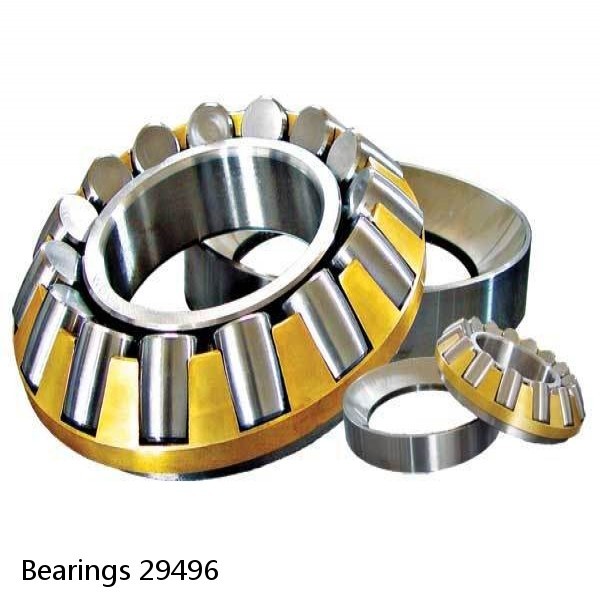 Bearings 29496
Bearings 29496 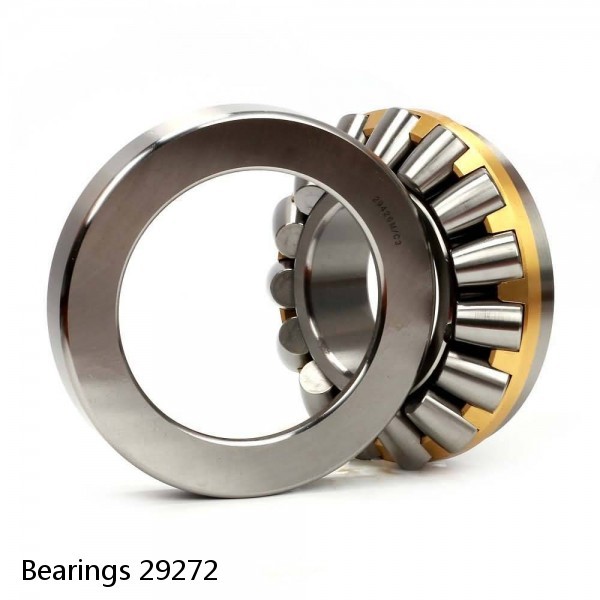 Bearings 29272
Bearings 29272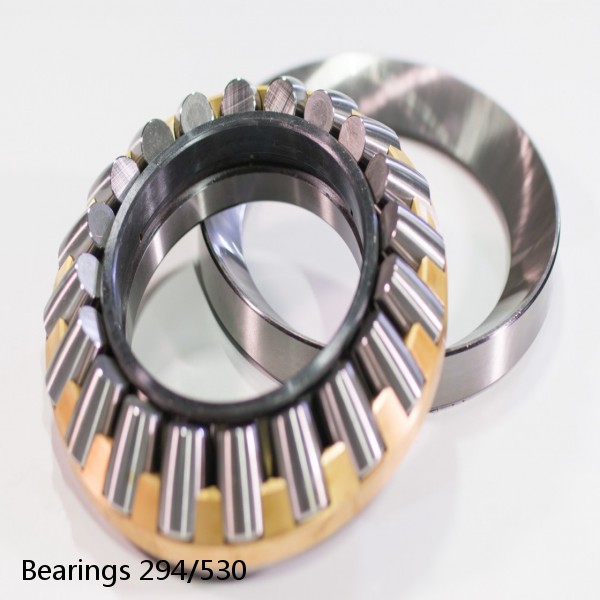 Bearings 294/530
Bearings 294/530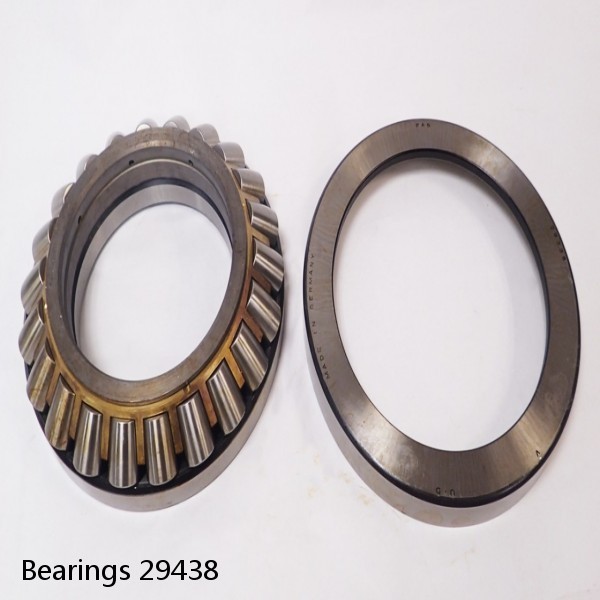 Bearings 29438
Bearings 29438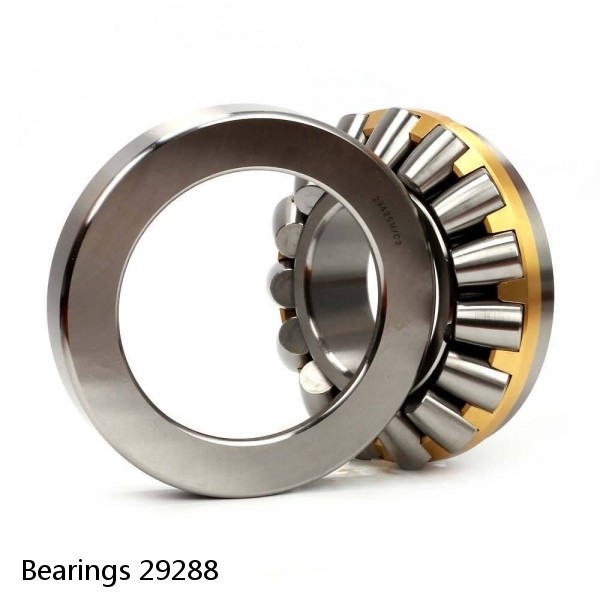 Bearings 29288
Bearings 29288